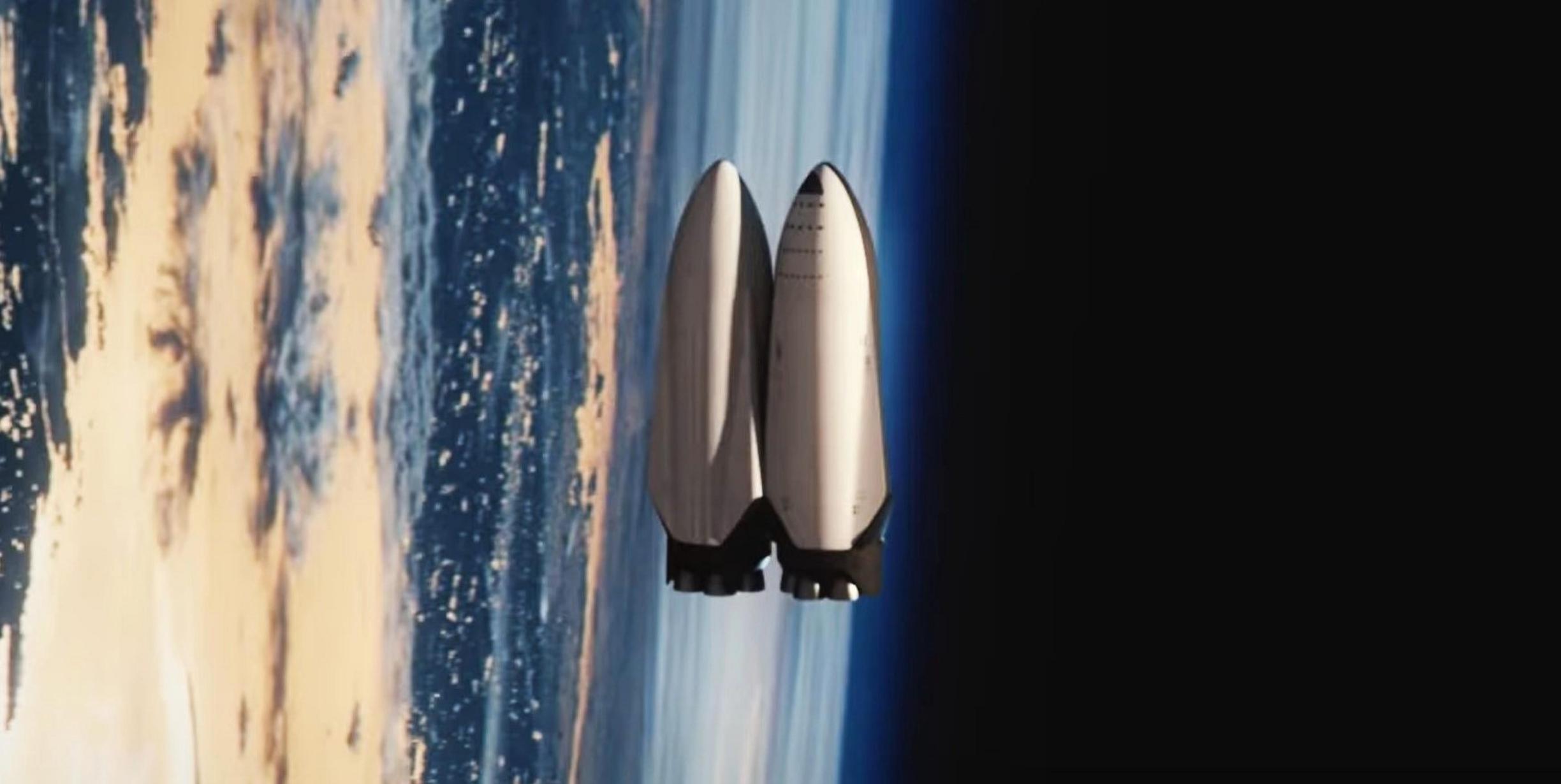SpaceX is making significant strides in its plans to test in-space refueling of its Starship spacecraft, a critical technology for future deep-space missions. This initiative is part of a broader effort to enable long-duration space travel, including missions to the Moon and Mars.
Key Developments:
-
NASA Collaboration: SpaceX's in-space refueling technology is being developed under a NASA Tipping Point contract awarded in 2020. This contract supports the demonstration of propellant transfer in space, which is essential for the Human Landing System (HLS) version of Starship. This version aims to land astronauts on the Moon as part of NASA's Artemis III mission, tentatively scheduled for September 2026 .
-
Upcoming Tests: SpaceX plans to conduct a demonstration of in-space refueling early next year. This test will involve transferring at least 10 metric tons of liquid oxygen from a header tank to the main tank within the Starship's upper stage while in orbit. This capability is crucial for missions that require extended operations beyond Earth's orbit .
-
Technological Milestones: The refueling test is a part of SpaceX's broader mission architecture, which could include more than a dozen Starship refueling trips. This architecture is designed to support NASA's lunar missions and potentially other deep-space explorations .
Visual Insights:
- A futuristic spacecraft designed for in-orbit refueling is depicted soaring above Earth, showcasing its sleek, metallic surface against a backdrop of space and the planet's atmosphere
 .
. - Two SpaceX Starships are positioned in space above a colorful view of Earth's surface, illustrating the potential for refueling operations in orbit
 .
.
These developments mark a significant step forward in SpaceX's efforts to make space travel more sustainable and feasible for long-term missions. The success of these tests could pave the way for more ambitious space exploration goals, including human missions to Mars.

